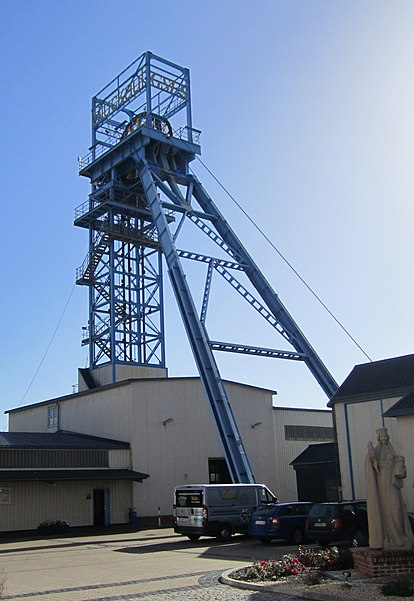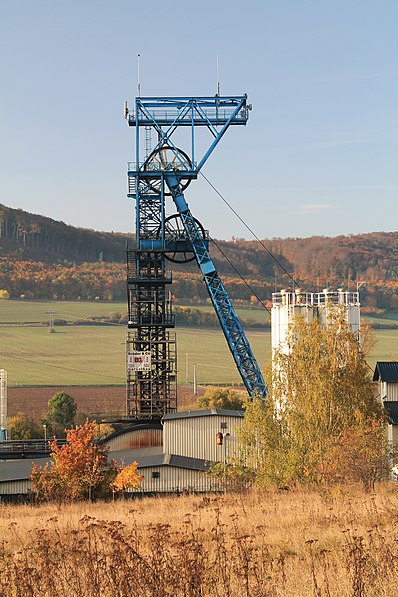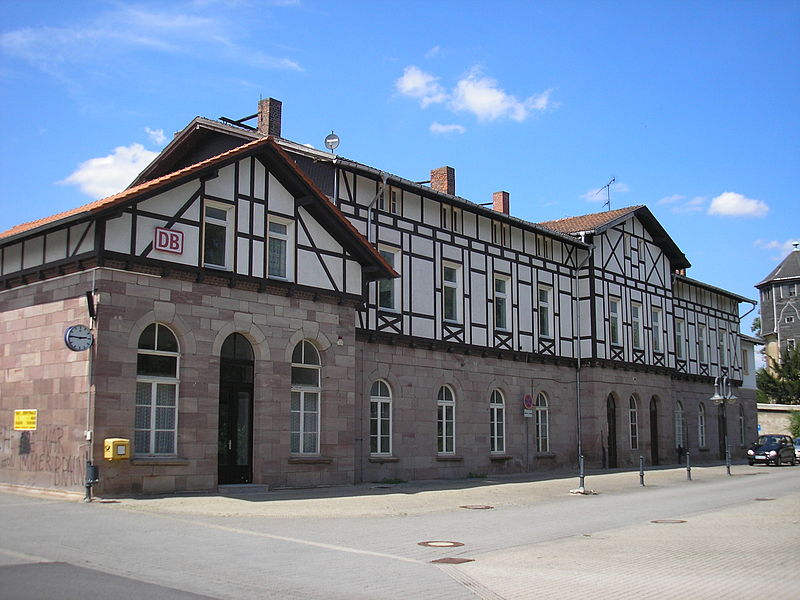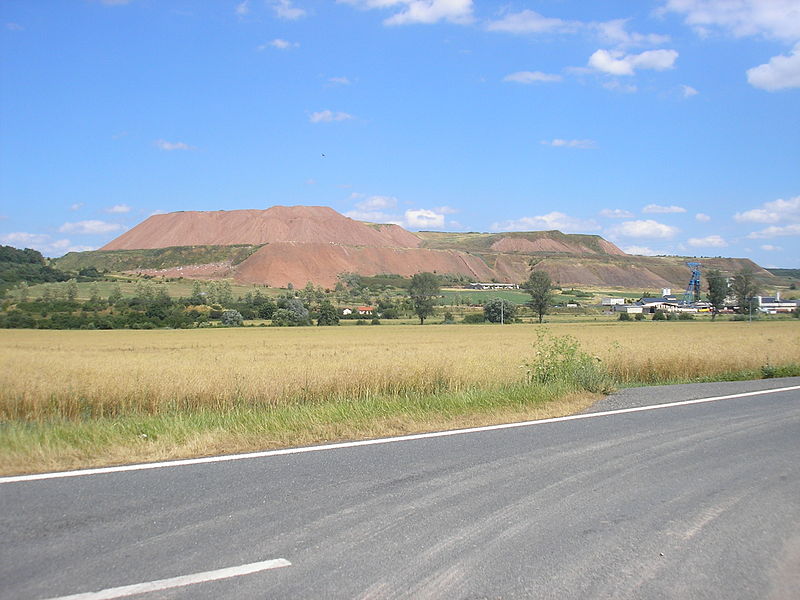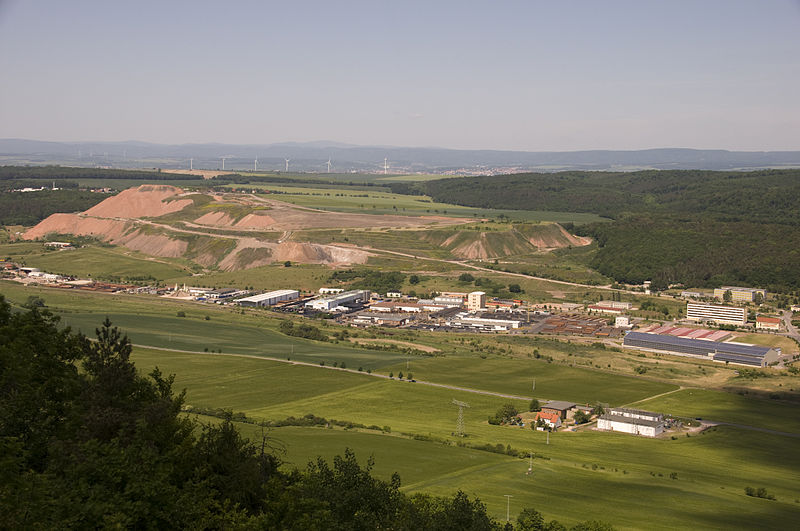Petersenschacht, Sondershausen
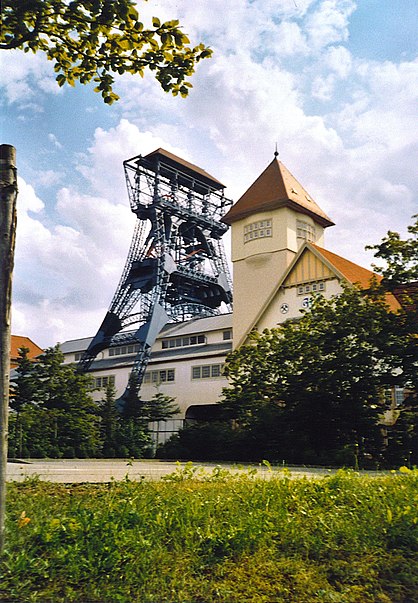
Facts and practical information
The "Glückauf" Sondershausen potash mine in the Kyffhäuser district of Thuringia is the oldest potash mine in the world still open to traffic and is considered the eleventh potash mine in Germany. It is currently used as an adventure mine and for mining rock salt. The deposit covers an area of over 23 km². The construction of the plant and the drilling of the first shaft began in 1893, the first deposit discovery of carnallitite / potash seam Staßfurt was already made in May 1892 by the entrepreneur Heinrich Brügmann from Brünninghausen, a district of Dortmund. As early as December 1891, he found a massive rock salt deposit during a test drilling. The Sondershausen site developed into the potash combine of the GDR. Potash salt was mined here for 96 years, until 1991. At the time of closure, almost 3,000 people worked at the Sondershausen site. In 1995, the Glückauf Sondershausen Entwicklungs- und Sicherungsgesellschaft mbH was founded, which from then on took care of backfilling and employed around 230 people in 2011. Since 2006, 200,000 t of rock salt have been mined annually as road salt for winter road maintenance.
In total, the plant produced 110 million tons of crude salt between 1896 and 1991. In 1989 alone, an output of 2.3 million tons was produced. The potash salt was mainly processed into fertilizers in the company's own factory.
Sondershausen
Petersenschacht – popular in the area (distance from the attraction)
Nearby attractions include: Schloss Sondershausen, Bergbad - Sonnenblick, Church of the Holy Trinity, St. Matthias.


